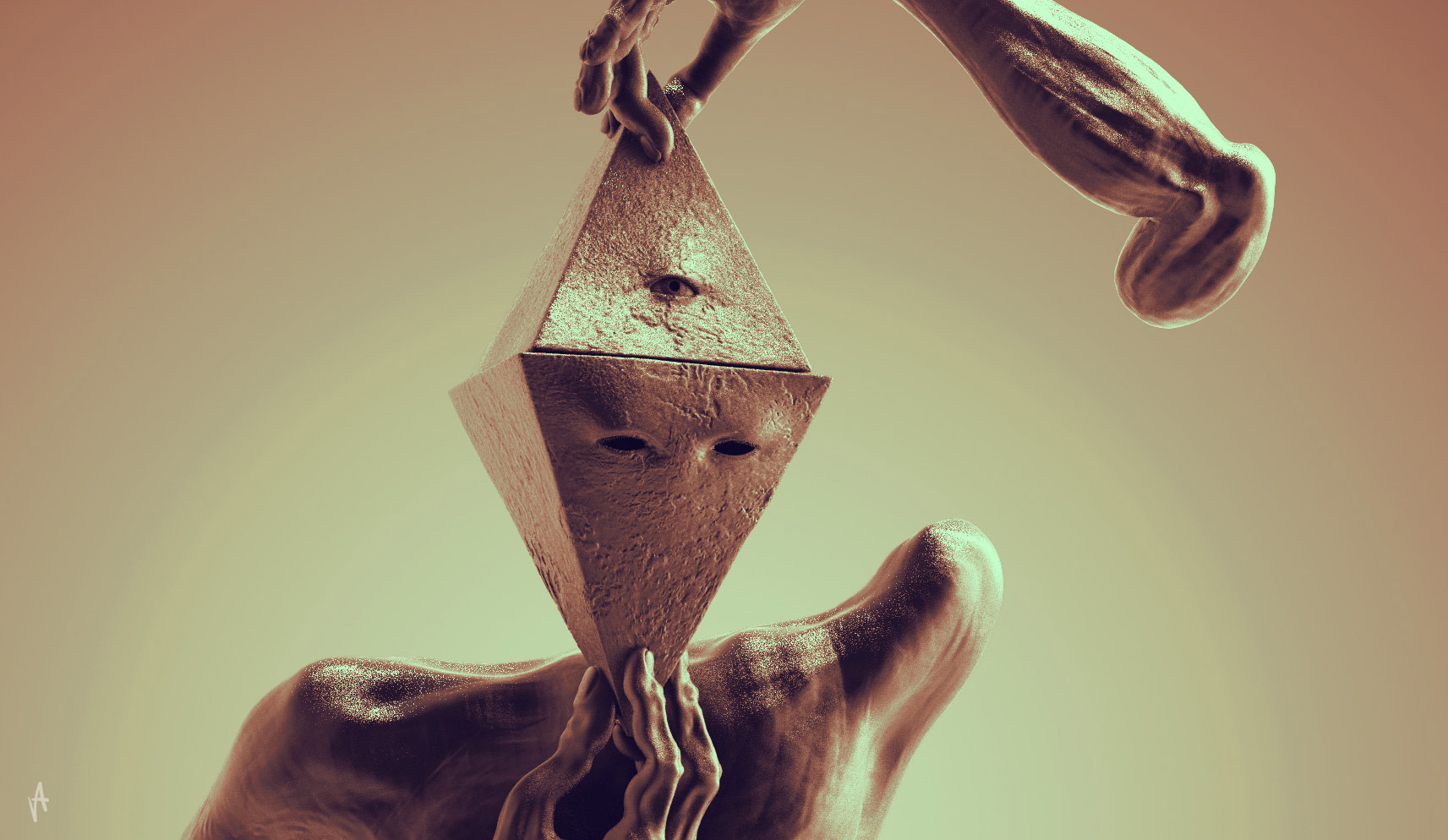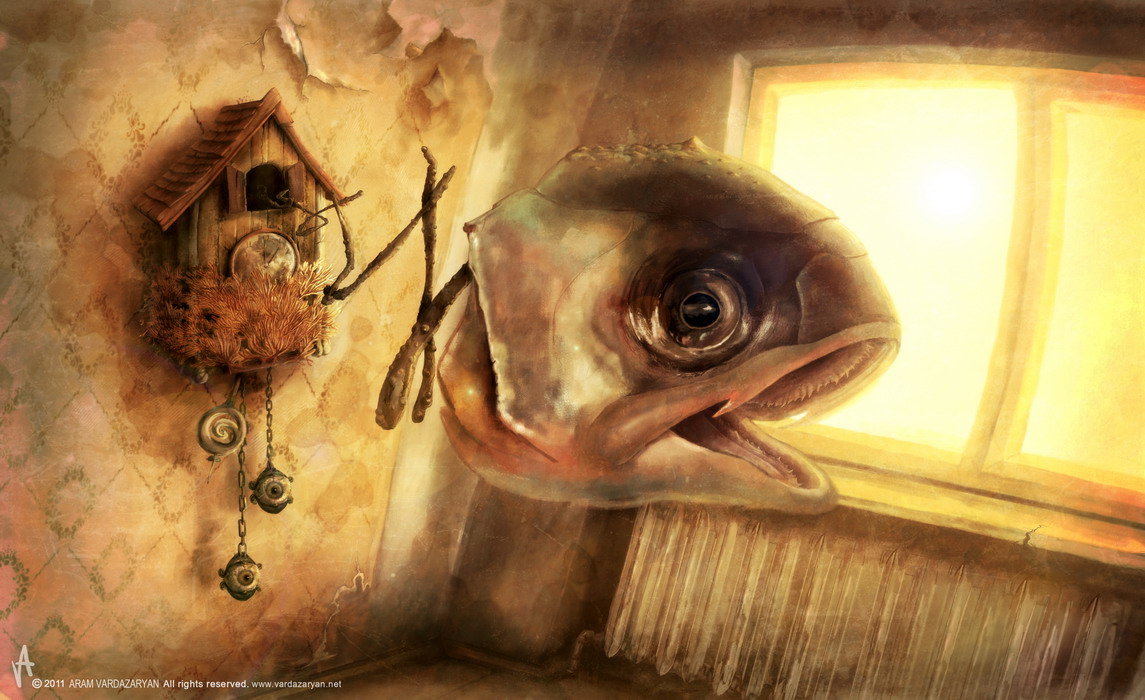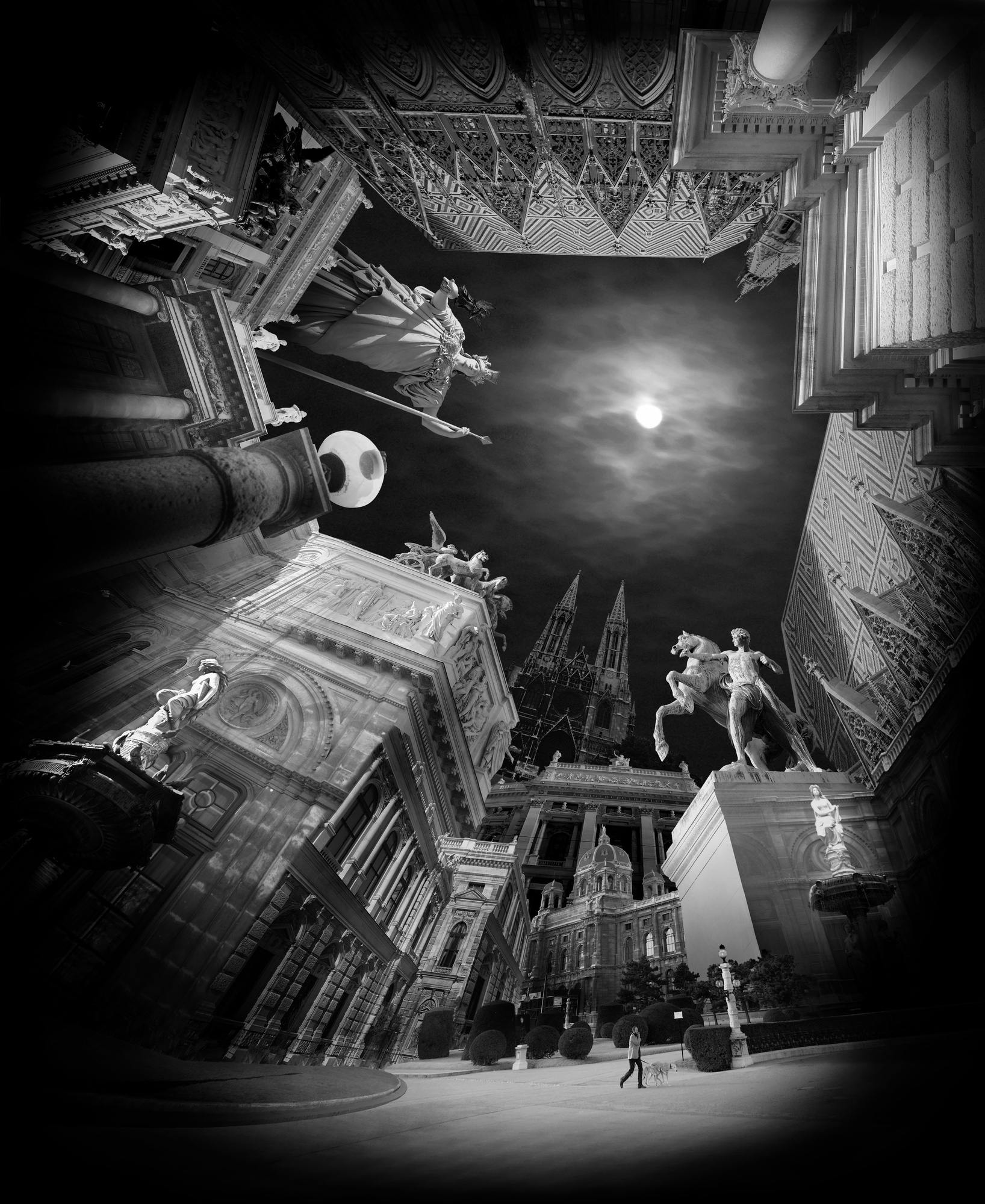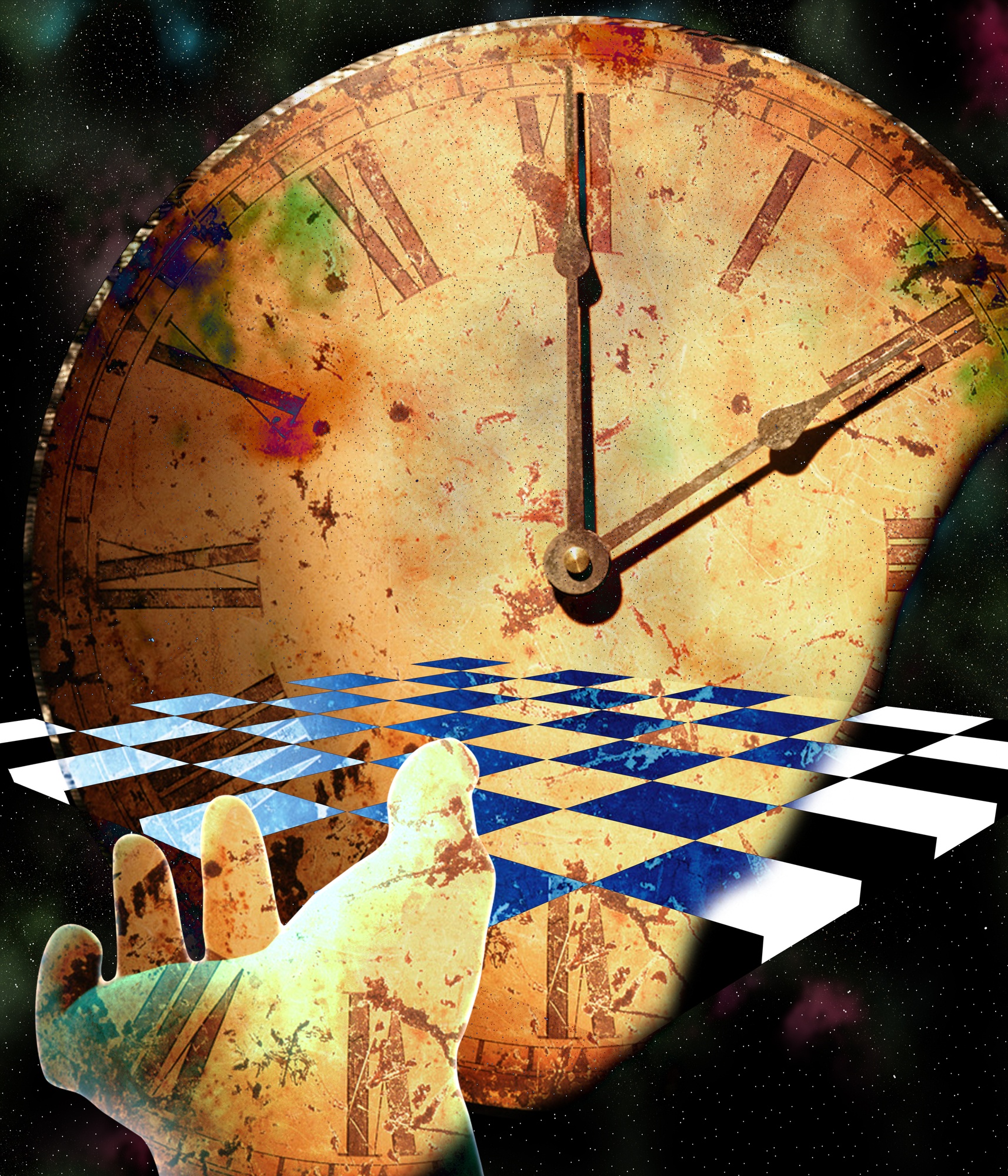In the digital age, technology advances at an exponential rate, leaving us with capabilities that most of the time, we don’t even realize we have. Artists that once were only able to select their paints or clays now have an infinite number of options for tools to use in a digital space. Naturally, this has impacted the arts, as new-age artists are left to explore new forms and possibilities in the virtual world. As culture responds to technology in different ways, past movements in art find a resurgence in the modern age.
In the 21st century, we all need to find a web presence where we can share our talents. I was able to quickly create my website and connect with new audiences and customers around the world.
The influence of surrealism
The cultural movement of surrealism emerged after the first world war and was led by artists like André Breton, Max Ernst, Salvador Dali, and Joan Miro. It was characterized by extremely unusual or illogical imagery and anarchic concepts. The ideas were based on the contrasting states of consciousness and unconsciousness, and they were connected with the work of psychologist Sigmund Freud. Though the period between the wars was best known for surrealism, the approach to art has recurred and influenced many artists since this time.
Digital 3D art
3D art has progressed a long way since the days of the original surrealists. Now artists use software programs to create 3D graphics that create images from polygons, geometric shapes, or NURBS curves.
The most common techniques in 3D art include modeling, which is making a 3D mesh. Texturing is the use of color variation to give objects an extra dimension, and rendering is the creation of a 2D image from a 3D scene. Popular software applications for 3D art include Zbrush and Blender.
Surrealist 3D art
In recent times, surrealism has been enjoying a renaissance in a new format. Modern digital 3D artists have applied their own interpretations to the work of the great surrealist masters.

This can be seen in the work of Armenian artist, Aram Vardazaryan. His digital artwork, Caravan Dali, is a remodeling of The Elephants by Salvador Dali. This bizarre image features elephants with insect-like legs carrying obelisks through a barren landscape, against a background of contrasting shades. Vardazaryan’s version stays true to the elements and tone of the original, but he applies his own colors and a digital finish that would not be possible on canvas.

Another contemporary artist that reworks the 20th century surrealists is the Colombian illustrator, Daniel Aristizábal. His interpretations of renowned artists take a nostalgic look at the work of Dali and Miro through modern eyes. They include a series based on Eggs by Dali. These images are far removed in their composition and much simpler than the originals, but they retain the same unearthly ambiance.

Digital 3D artists use surrealism as a way of expressing their own ideas on screen. Flying brain by Leo Patzelt depicts a series of heads that are layered within themselves, like Russian dolls. This could suggest self-examination or trying to free the individual self deep within.

Other artists explore the boundaries of 3D art to create images that truly challenge the mind. This could be through shifting perspectives, challenging conventions, or diverting expectations. Andrey Bobir takes us to a city where the sky is the surface of a sea, and Matteo Venturi presents us with a human female form with a bug-eyed, alien head.
Though it has been a century since the iconic surrealists unleashed their particular brand of weirdness on the world, the echoes can still be heard to this day. Perhaps after having a taste of the sublimely strange, we find ourselves coming back for more.

